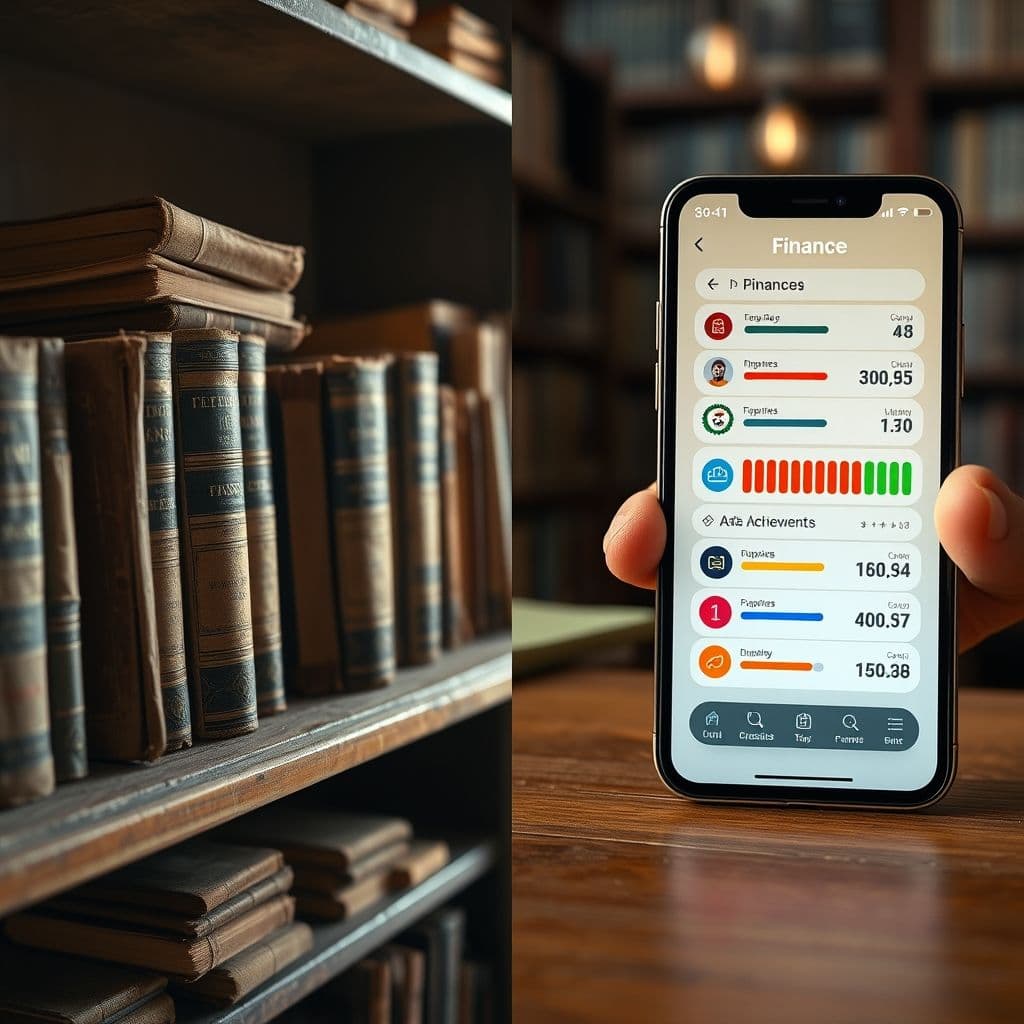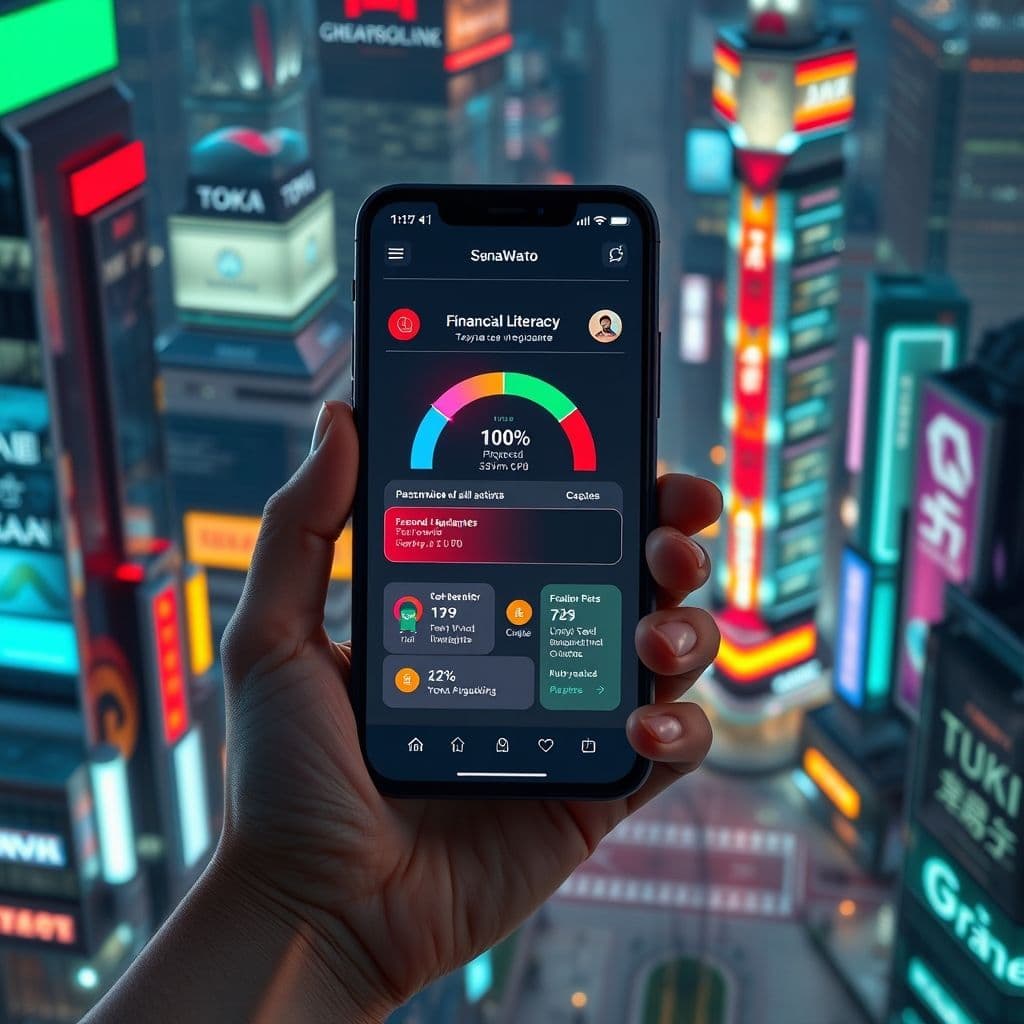The Gen Z Financial Literacy Gap: How a Gamified SaaS Solution Could Help

A recent viral TikTok about financial literacy resources revealed a painful truth: Gen Z is entering adulthood unprepared to manage money. Comments like 'I was literally clueless about money when I started earning' and 'What savings do you use?' highlight a systemic gap in engaging financial education for digital natives. Could a gamified SaaS platform be the solution?
The Problem: Why Gen Z Struggles With Financial Literacy
Traditional financial education fails Gen Z on multiple fronts. Books and podcasts, while valuable, don't resonate with a generation raised on interactive content. The pain points are clear: overwhelming complexity (I will teach you to be rich was painnnnnnful), lack of personalization (What savings do you use?), and absence of immediate feedback loops. Many young earners report feeling paralyzed when facing real-world money decisions without guided practice.

The Gamified SaaS Solution: How It Could Work
Imagine a mobile-first platform that transforms financial concepts into interactive challenges. Users might 'level up' by completing real-world money missions - like setting up their first high-yield savings account or allocating their first $100 investment. The system could use AI to adapt lessons based on spending patterns detected through secure banking API connections, turning abstract concepts into personalized recommendations.
Key features might include: avatar progression tied to financial milestones, bite-sized video lessons with celebrity finance influencers, a 'duolingo for dollars' daily practice system, and anonymous community challenges where users compare savings rates rather than spending habits. The platform could integrate with existing banking tools while providing a judgment-free sandbox to experiment with financial decisions.

Why This Solution Would Resonate
The success of apps like Peek Money (mentioned in comments as an AI money therapist) proves demand exists for tech-forward financial guidance. A gamified approach addresses Gen Z's preference for learning through doing rather than passive consumption. By making financial literacy social, rewarding, and tied to real-world outcomes, such a platform could achieve what books alone cannot - turning knowledge into lasting money habits.
Conclusion
The financial literacy gap for Gen Z represents both a societal challenge and a massive opportunity for innovative edtech. While books and podcasts will always have value, the next generation needs tools that meet them where they are - on their phones, in their language, with their values. A well-executed gamified platform could finally make personal finance feel accessible rather than intimidating.
Frequently Asked Questions
- How would a gamified finance app protect user financial data?
- A hypothetical solution might use bank-level encryption and read-only API connections to analyze spending patterns without enabling transactions, similar to how many budgeting apps currently operate securely.
- Could this replace traditional financial advisors?
- For basic financial literacy and habit-building, yes - but would complement rather than replace professional advice for complex situations like tax planning or estate management.
- What revenue model might support such a platform?
- Potential models could include freemium subscriptions for advanced features, ethical affiliate partnerships with financial services, or institutional licensing for schools and employers.


